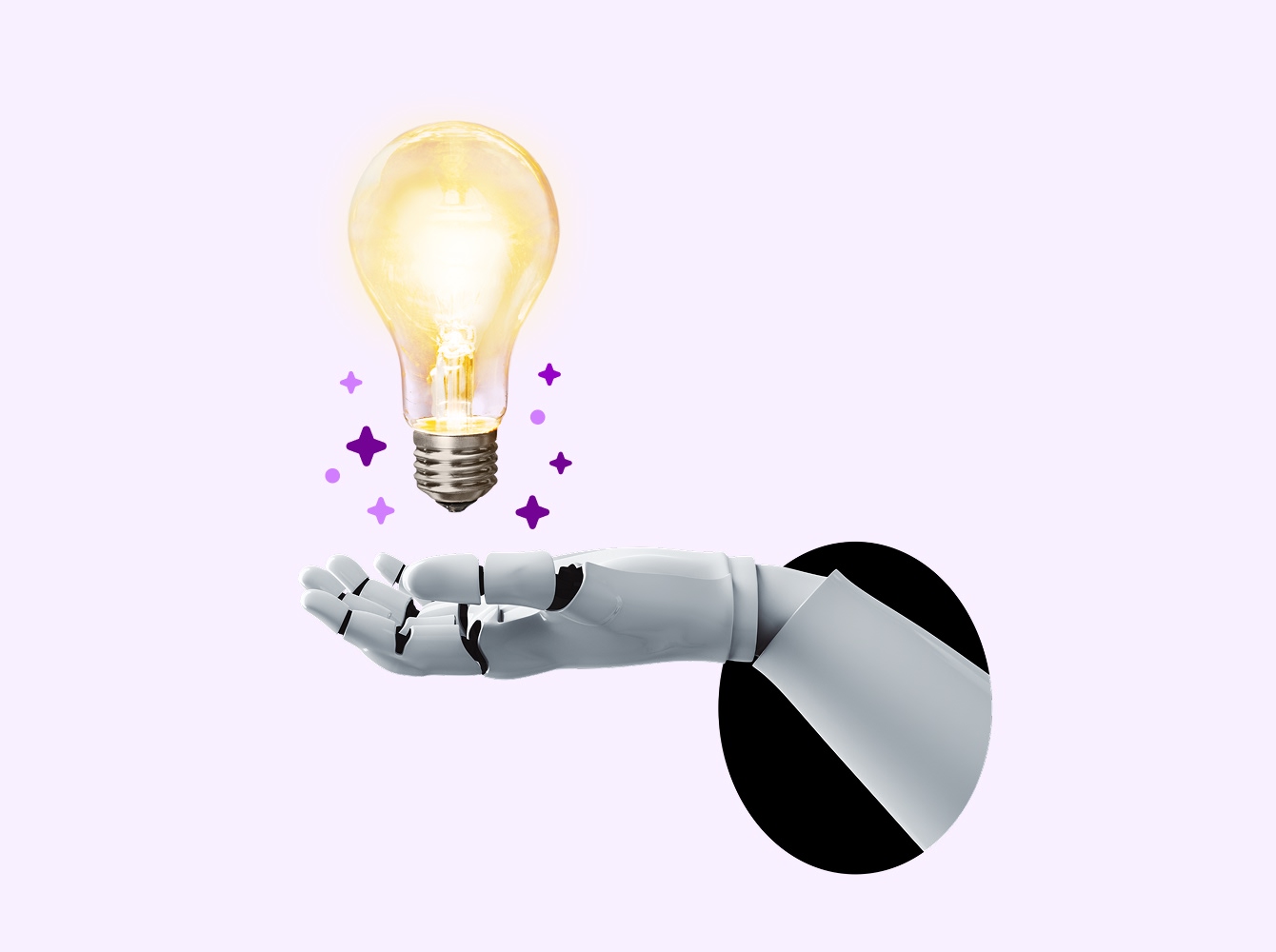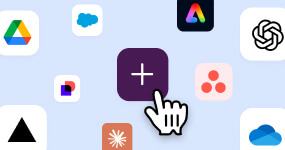Let’s be honest — staying productive at work today looks very different than it used to. Between hybrid schedules, endless notifications, and juggling projects across different tools and time zones, keeping teams focused can feel like a full-time job on its own. Productivity isn’t just about checking boxes anymore or keeping people at their desks all day. Now, it has become more of a measure of how people work together, share ideas, and create real value day after day.
In this guide, we’ll unpack what employee productivity actually means in the modern workplace and why it’s more than just speed or output. We’ll look at the biggest factors that shape how well your team performs — from communication habits to company culture — and share practical ways to boost focus.
What is employee productivity?
Employee productivity in the workplace is about how effectively people turn their time and effort into meaningful results. It’s often summed up with a simple formula: Productivity = Output ÷ Input (think tasks completed ÷ hours worked). But here’s the thing: real productivity goes way beyond just how much someone gets done. It’s also about the quality of their work, their ability to innovate, and how consistently they deliver value over time.
A truly productive employee isn’t the one rushing through the most tasks. They’re making a measurable impact, helping teammates succeed, and moving the business forward in sustainable ways.
Why we care about employee productivity
Because productivity touches everything. When teams work efficiently, revenue grows and customers get better experiences — and your operations run much smoother. High productivity also tends to go hand in hand with engagement. When people are productive, they feel more motivated, valued, and likely to stick around.
And in a hybrid world, strong productivity is often a sign of something even bigger: trust. When teams stay focused and connected, no matter where they work, it shows a culture that values autonomy and collaboration.
What influences employee productivity?
So what actually makes someone productive at work? Spoiler: it’s not just willpower or better to-do lists. Productivity is shaped by everything from the tools people use to the culture they work in. When teams have the right balance of structure, clarity, and flexibility, great work tends to follow naturally. Let’s look at the biggest factors that can help you maximize work productivity.
Work environment
The space where people work — whether it’s a bustling office or a quiet home setup — has a huge impact on focus. Employees need room to concentrate and the freedom to minimize distractions. Creating digital quiet zones, setting clear boundaries, and using async tools (so not everything requires a meeting) helps teams stay productive.
Communication and collaboration
Nothing kills productivity faster than constant miscommunication. When messages get lost or unclear, projects slow down and morale dips. The key is organized communication, so information is easy to find, and open communication is easier.
Recognition and motivation
People want to feel seen. Recognized employees are 2.7 times more likely to stay engaged, and that engagement translates directly to better results. A simple shoutout in a team channel or a quick “great job” in person can go a long way in boosting motivation and reinforcing good habits.
Tools and technology
If your team’s juggling outdated software or too many disconnected apps, productivity suffers. Integrated platforms help automate routine updates — like Slack with its Workflow Builder feature — which can help cut down on context switching. Plus, new AI-powered tools, including AI agents, are already helping teams save time and focus on higher-impact work.
Leadership and clarity
Strong leadership provides direction without micromanaging. Teams thrive when goals, roles, and expectations are clear — and when leaders model transparency and trust. It’s that combination of guidance and autonomy that builds real ownership and can ultimately boost trust and productivity.
Well-being and workload balance
Even the best tools can’t fix burnout. When employees are overworked, creativity and output drop fast. To avoid this, encourage regular breaks, allow for flexible scheduling and unique approaches to work-life balance, and async collaboration. A balanced team is a productive team.
How to improve employee productivity
Boosting productivity doesn’t have to mean working longer hours or adding more meetings — it’s about helping teams work smarter together. From setting better goals to celebrating wins, small changes can make a big difference in how efficiently and happily people get things done. Below are seven practical ways to help your team stay consistently productive.
1. Set clear goals and priorities
When people know what matters most, they can focus their energy where it counts. Use OKRs, dashboards, or shared project docs to outline team goals and milestones. Keep them visible — whether that’s on a digital dashboard, an office wall, or pinned in a team channel — so everyone stays in-sync and accountable.
2. Simplify communication
Too many tools and threads can make even simple updates feel overwhelming. Centralize communication in one place so everyone knows where to look for key info. For example, tools like Slack huddles are perfect for quick, real-time check-ins that replace long, drawn-out meetings.
3. Automate repetitive work
Nobody wants to spend their day chasing approvals or sending the same reminders over and over. Automate routine tasks with Slack’s Workflow Builder to handle requests, approvals, or daily check-ins. Automation not only saves time — it lets employees focus on the creative and strategic work that moves the business forward.
4. Recognize and celebrate achievements
A little recognition goes a long way. Create a #wins or #recognition channel where team members can shout out great work, big or small. Celebrating progress builds momentum, boosts morale, and reminds everyone that their efforts are seen and appreciated.
5. Foster connection and collaboration
Even in hybrid or remote environments, people need to feel part of a team. Encourage spaces — both formal and informal — where ideas can flow and connections can grow. For example, you could encourage cross-team collaboration channels or partner workspaces to make it easier to share insights and build trust.
6. Support learning and development
Productivity thrives when people feel like they’re growing. Offer learning opportunities through peer mentoring, quick training videos, or microlearning moments shared directly in Slack. Make employee learning part of your culture to invest in continuous development.
7. Measure progress and adapt
You can’t improve what you don’t measure. Track productivity with clear KPIs — like output, turnaround time, or project completion rates — but use those insights to support your team, not micromanage them. The goal is to spot bottlenecks and help everyone work more efficiently.
Common challenges that hurt employee productivity
Even the most motivated teams hit roadblocks sometimes. From too many notifications to unclear goals, small friction points can quietly eat away at focus and momentum. The good news? Most productivity problems have simple, practical fixes once you know what’s getting in the way. Let’s look at some common challenges — and how to turn them around.
Communication overload
We’ve all been there: messages flying in from email, chat, project boards, and who knows where else. Too many tools and nonstop pings make it hard to focus. The fix? Move communication into shared Slack channels so updates stay organized and searchable. You can even use AI-powered summarization to catch up on key points without scrolling through endless threads.
Lack of recognition
When people feel invisible, motivation takes a nosedive. A lack of recognition can lead to low morale and quiet disengagement. The solution is simple but powerful — build regular feedback loops. A quick shoutout in a team channel or a one-on-one note of appreciation reminds employees their work matters.
Burnout and unclear expectations
If team members are juggling too much or unsure what success looks like, productivity naturally drops. Burnout thrives on vague roles and constant multitasking. Combat it by setting realistic goals and encouraging async work, so people can focus deeply without being “always on.”
Poor tool integration
Disconnected tools are silent productivity killers. Jumping between tabs to find updates or documents wastes time and mental energy. The best fix? Integrate your productivity and communication apps directly into Slack so everything — from files to approvals — lives in one connected workspace.
How Slack improves employee productivity
Slack is built to help teams work smarter, not harder. Its tools are designed to cut through noise and make collaboration feel effortless, whether your team’s in the office, remote, or a mix of both.
Channels keep discussions organized and transparent, so the right people always have access to the right information. Huddles and Clips make it easy to connect without overloading calendars — jump into a quick audio or video chat, or share a short update instead of scheduling yet another meeting. Canvas gives your team a shared space to store notes, goals, and key documents.
Meanwhile, Workflow Builder takes care of repetitive tasks like approvals, reminders, or status updates — automatically. And with Slack AI, you can instantly summarize long threads, find information fast, and get quick answers without digging through endless messages.
Put it all together, and you’ve got a platform that helps teams stay connected, focused, and productive — without burning out.
Ready to see the difference for yourself? Try Slack for free.
Employee productivity FAQs
 |
Try Slack for free todayWhatever work you do, you can do it in Slack. Get the power and alignment you need to do your best work. |






